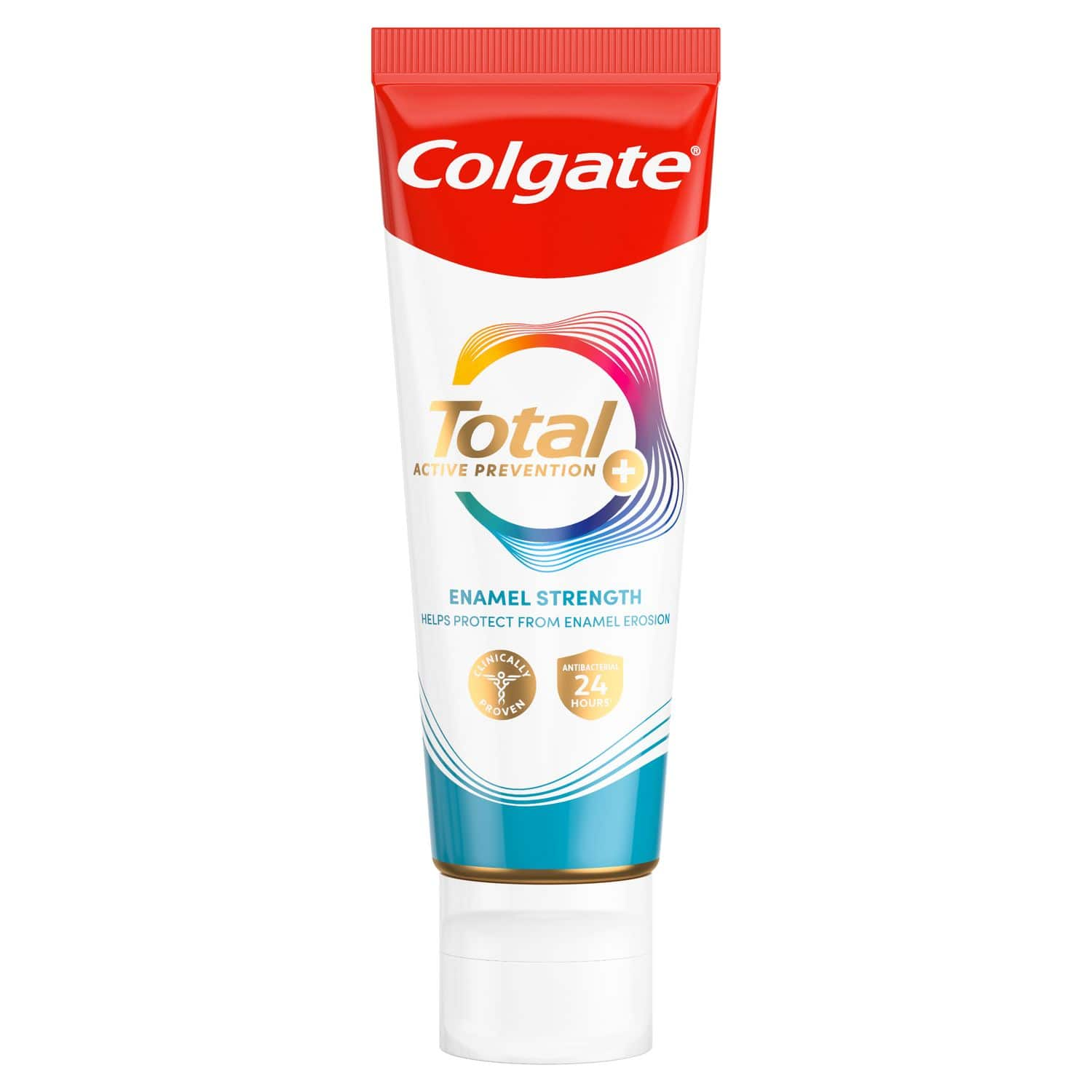According to Case Reports in Dentistry, tori (or torus if it is a single bump) are harmless growths of bone within the mouth. They are simply defined as hills of bone covered by normal gum tissue and are considered to be ordinary and completely healthy. They can present on one side of the mouth, but are most likely to be found bilaterally. According to the Journal of Dental Sciences, three places patients are most likely to have them are: mandibular lingual tori, which are located on the tongue side of the lower jaw; maxillary tori, which are found on the roof of the mouth and are also called tori palatini; and the cheek side of upper molars, also known as buccal exostoses.
Where Do They Come From?
Tori are slow-growing and can vary in size. Many people have them in their mouth but do not even realise they are there until they are examined and pointed out by a dental professional. Tori appear to be ethnically and genetically related, and according to the Journal of Clinical and Diagnostic Research, tori are more common in males. Some dental professionals theorise that patients who clench their jaw and grind their teeth have a higher incidence of tori. Others state injuries or trauma to the face and jaw create a greater incidence of tori.
How Are They Treated?
Most of the time tori do not interfere with daily eating, drinking or speaking. Dental professionals generally monitor the size and shape of tori, but do not recommend treatment of the areas unless they begin to interfere with routine oral home care or basic daily functions. In the event that tori grow to a point where they touch in the middle of the mouth, or the patient needs braces or a removable denture, a dental professional may recommend the removal of tori. The process of tori removal is done through outpatient surgery in the dental setting.
Can They Be Painful?
Sometimes bony growths of tori can become inflamed if a patient scrapes the tori when eating, or a dental professional may abrade a tori when taking dental X-rays. In this instance it is important to cleanse the injured area with a germ-killing fluoride toothpaste or rinse to decrease bacterial counts while the area is healing.
When patients notice a torus, they may be concerned that it is a sign of oral cancer. Tori are not cancerous, nor do they evolve into cancer. If you notice any suspicious or concerning areas in your mouth, it is best to refer your question to a dental professional.
This article is intended to promote understanding of and knowledge about general oral health topics. It is not intended to be a substitute for professional advice, diagnosis or treatment. Always seek the advice of your dentist or other qualified healthcare provider with any questions you may have regarding a medical condition or treatment.
ORAL HEALTH QUIZ
What's behind your smile?
Take our Oral Health assessment to get the most from your oral care routine
ORAL HEALTH QUIZ
What's behind your smile?
Take our Oral Health assessment to get the most from your oral care routine













